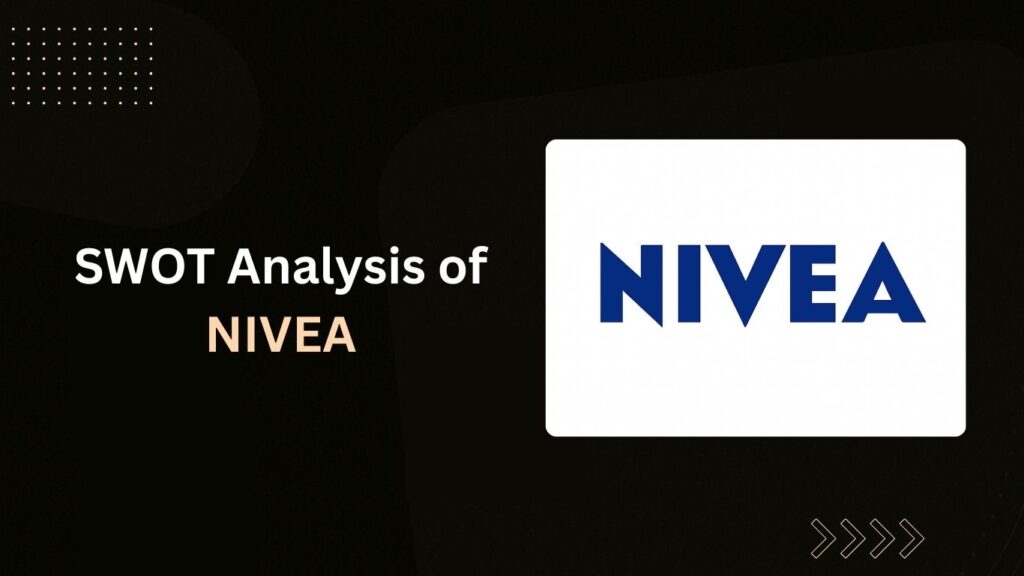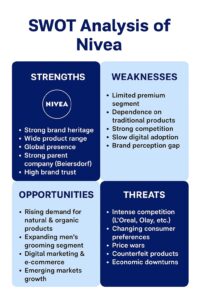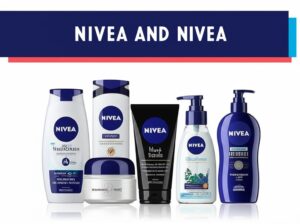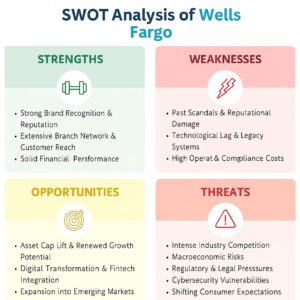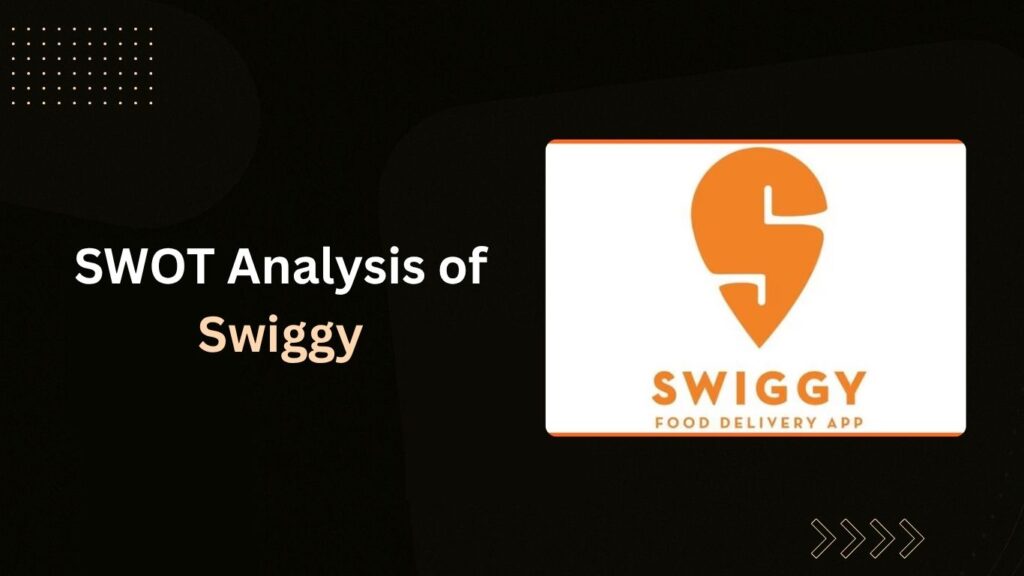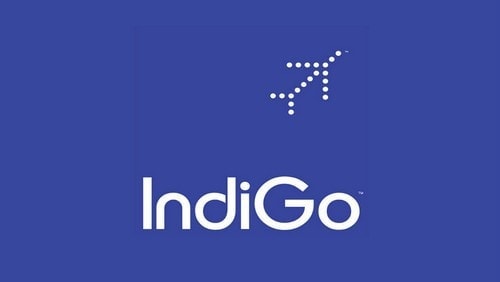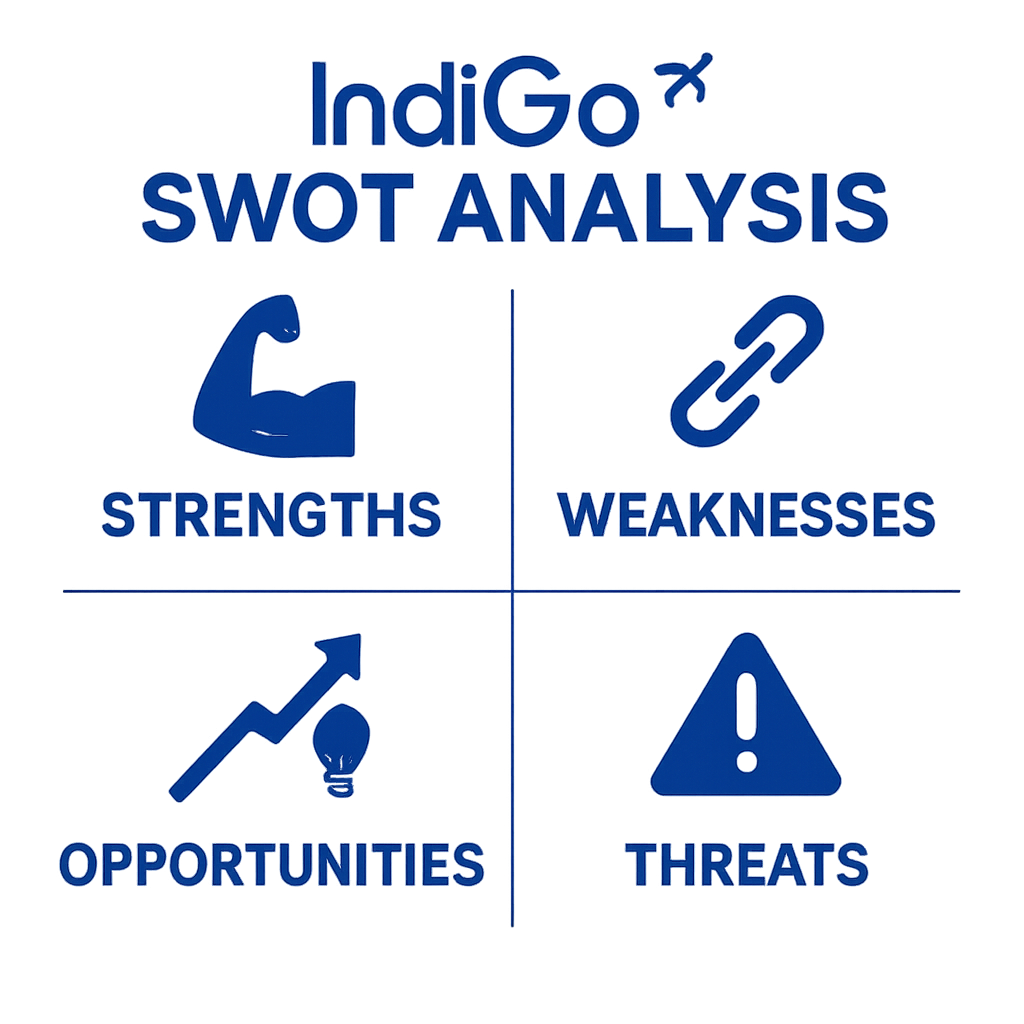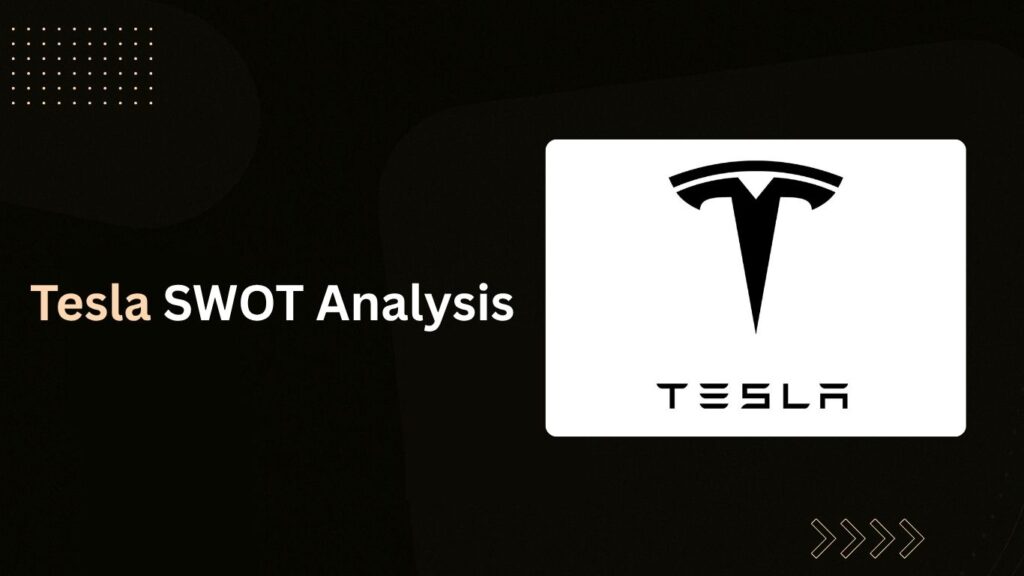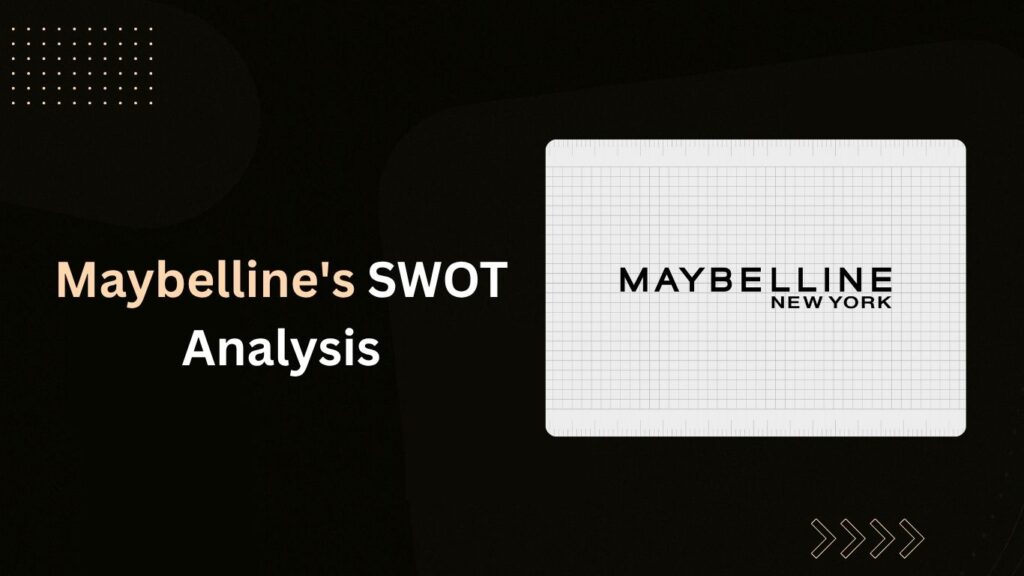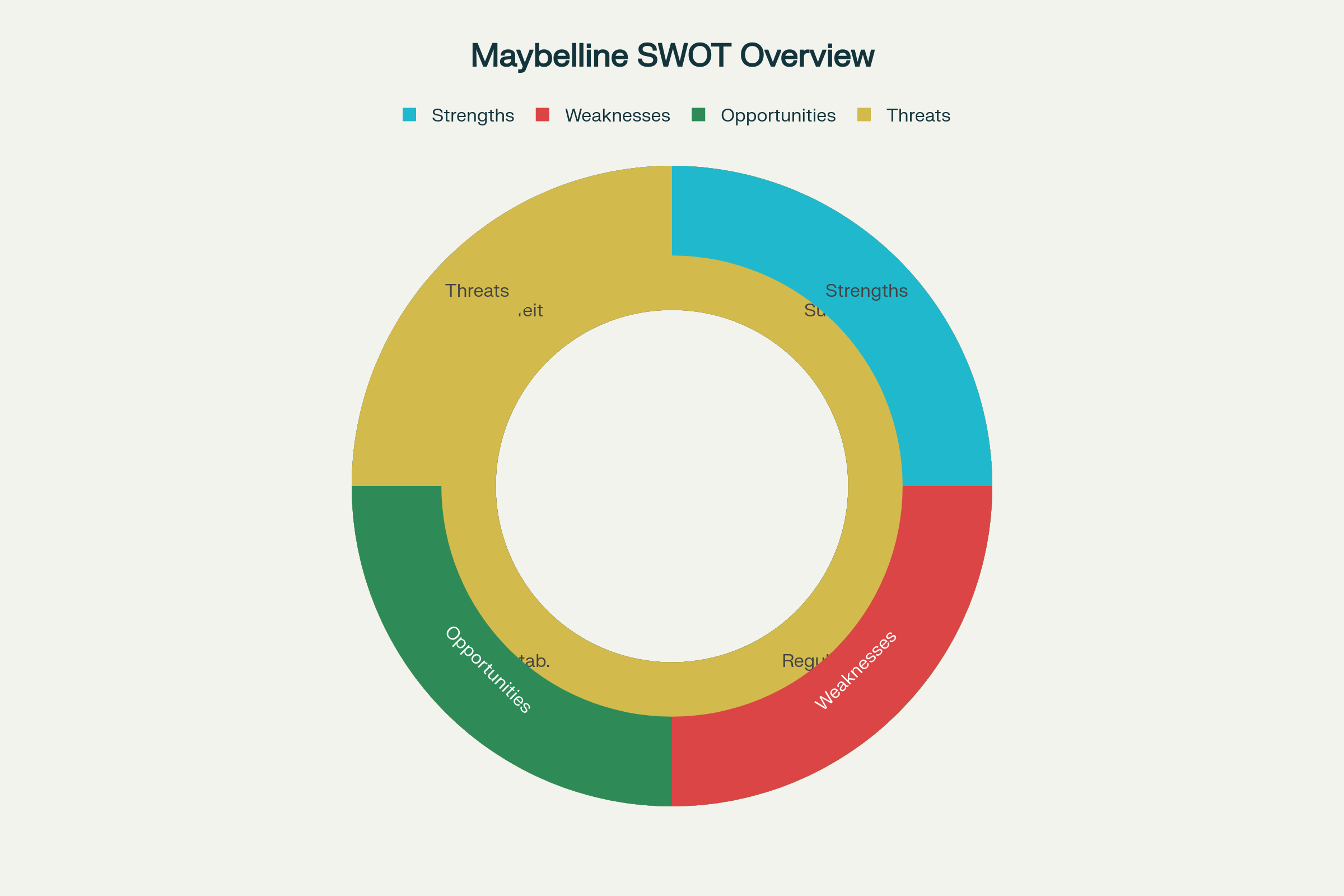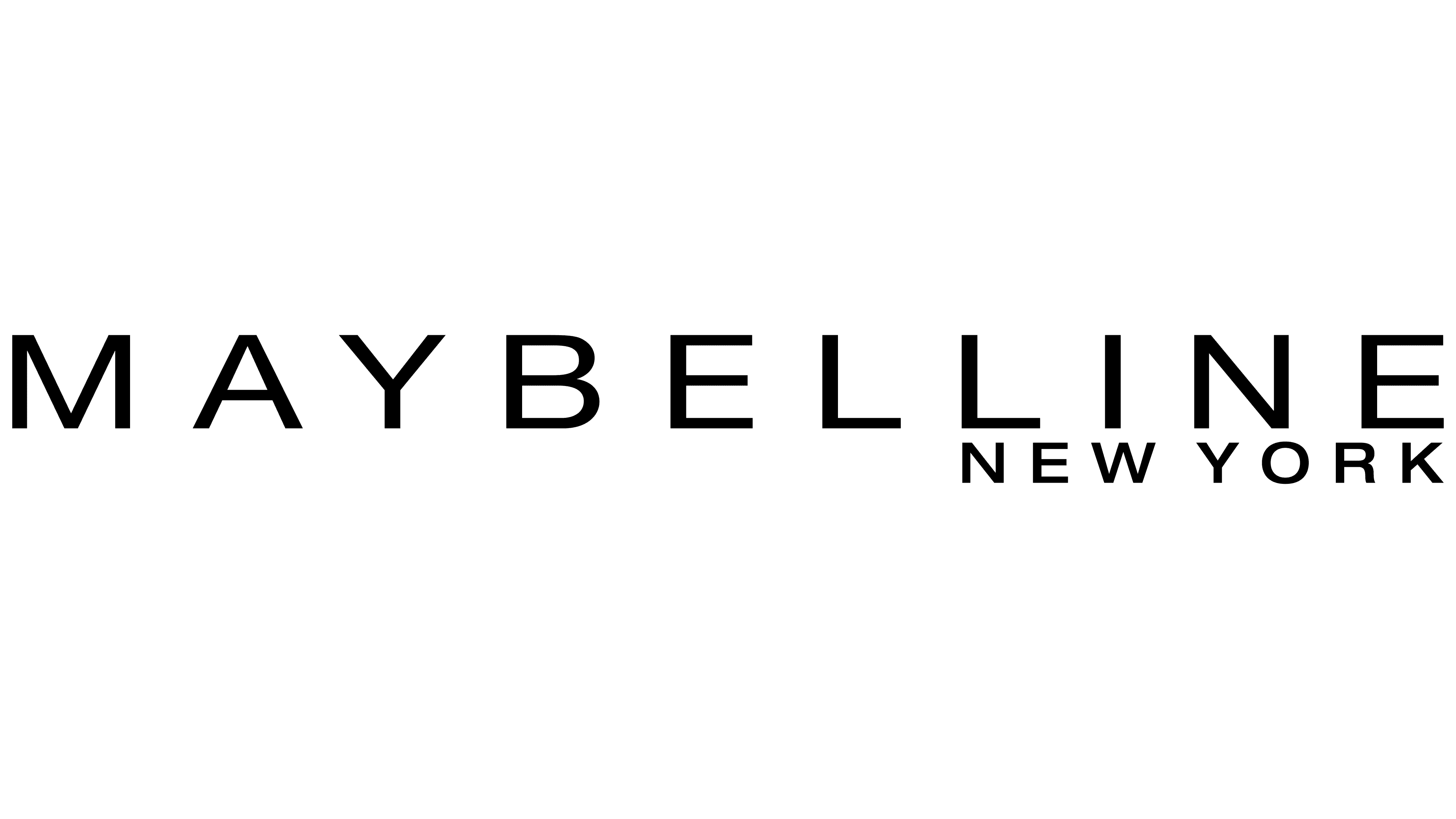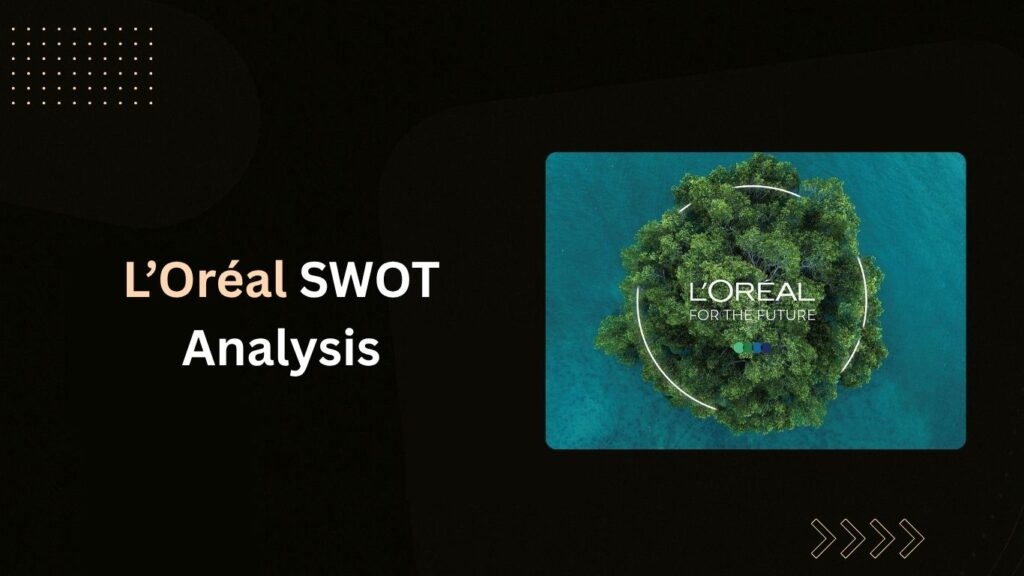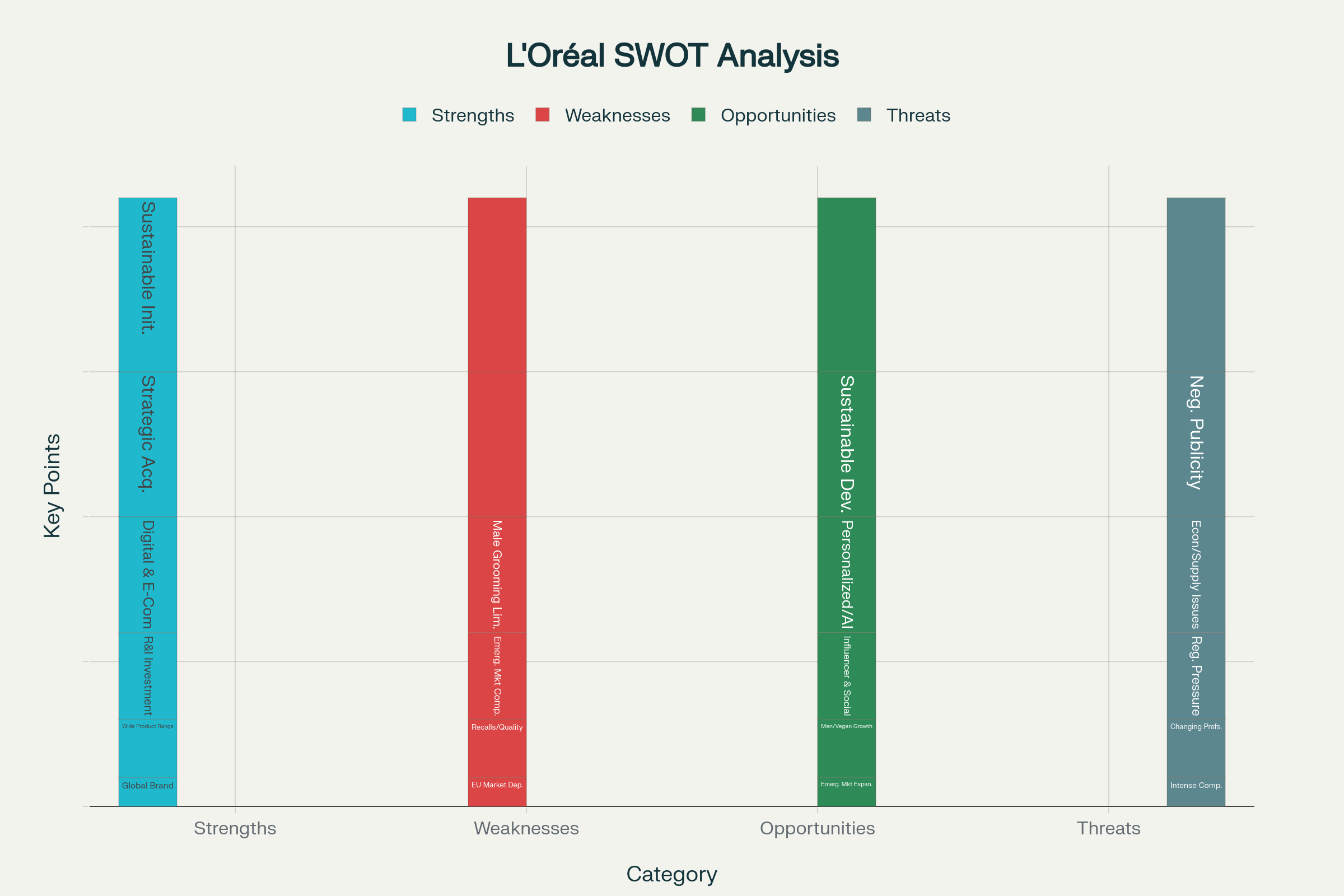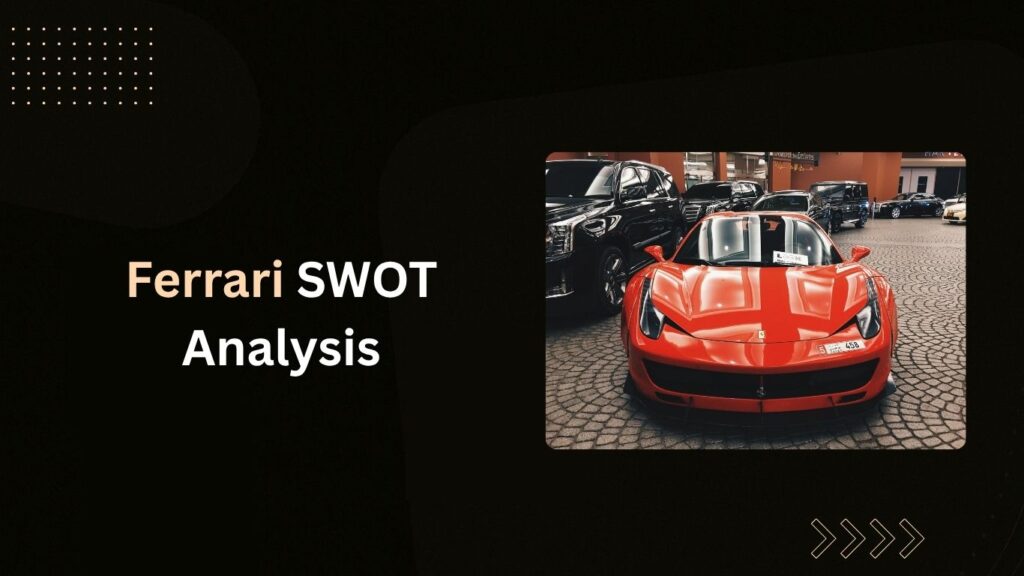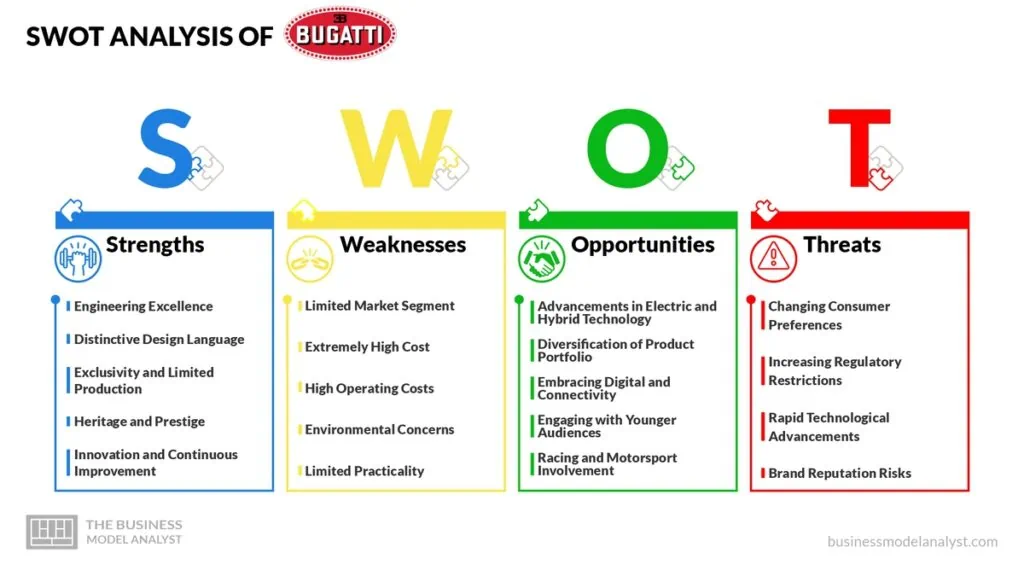SWOT Analysis of Adani Group

When we talk about India’s corporate giants shaping the country’s economic growth, the Adani Group stands tall among the most influential players. Founded by Gautam Adani in 1988, the conglomerate has transformed from a small trading firm into one of India’s fastest-growing business empires. Today, it operates across critical sectors like energy, infrastructure, logistics, resources, FMCG, and airports, making it a cornerstone of India’s development journey.
In this blog, we will dive deep into the SWOT analysis of Adani Group, understand the Adani Enterprises business model, and look at the strengths, weaknesses, opportunities, and threats that shape its growth story. This Adani case study is not only relevant for business students but also for entrepreneurs, investors, and professionals who want to understand how large conglomerates balance risks and opportunities.
Company Overview
The Adani Group was established in 1988 by Gautam Adani in Ahmedabad, Gujarat. What started as a commodity trading business has now evolved into a diversified multinational conglomerate with operations in more than 50 countries.
Key Areas of Operation:
- Energy: Thermal power, solar, wind, and green hydrogen.
- Infrastructure: Roads, highways, and smart cities.
- Logistics: Ports, shipping, and warehousing.
- Airports: Manages major airports including Mumbai, Ahmedabad, and Jaipur.
- Resources: Coal mining and trading.
- FMCG: Adani Wilmar, known for brands like Fortune Oil.
- Digital Infrastructure: Recently entered data centers and digital connectivity.
The group’s contribution to India’s economy is immense. For instance, Adani Ports and Special Economic Zone (APSEZ) is India’s largest commercial port operator, handling about 30% of the country’s cargo traffic. Similarly, Adani Green Energy has become one of the world’s largest renewable energy companies.
One cannot ignore the fact that the group is closely aligned with India’s infrastructure growth ambitions. From airports that redefine passenger experience to renewable projects supporting the country’s green goals, Adani has positioned itself at the heart of India’s growth story.
SWOT Analysis of Adani Group
Let us now analyze the Adani business model through its strengths, weaknesses, opportunities, and threats.
Strengths of Adani Group
Diversified Presence Across Multiple Sectors

Adani is not just a company; it’s an ecosystem. With strong presence in energy, infrastructure, logistics, FMCG, airports, and digital infrastructure, the group has reduced sector-specific risks. For example, during the global slowdown in coal demand, Adani Wilmar (its FMCG arm) helped balance the financial portfolio with rising revenues from consumer goods.
Example: In FY 2022–23, while coal prices fluctuated globally, Adani Wilmar posted a revenue of over ₹58,000 crore, mainly due to strong sales of its Fortune edible oil and packaged food products, helping stabilize overall group earnings.
Strong Brand Recognition and Leadership
Gautam Adani’s leadership has been pivotal. His vision to align with India’s economic priorities—like renewable energy and logistics—helped build trust with governments, investors, and stakeholders. The Adani Group case study is often cited as an example of how visionary leadership accelerates business growth.
Example: In 2022, Gautam Adani briefly became the world’s second-richest person, showcasing how investor confidence and strategic vision elevated both his personal brand and the company’s market position globally.
Large-Scale Infrastructure Projects
The group owns and operates 13 domestic airports, including Mumbai International Airport, which is one of India’s busiest. On the port side, APSEZ has become South Asia’s largest integrated ports and logistics company. These large-scale projects not only create revenues but also boost the nation’s trade competitiveness.
Example: The Mundra Port in Gujarat, owned by Adani, handled more than 155 million tonnes of cargo in FY 2022–23, making it India’s largest commercial port and a key contributor to international trade.
Financial Growth and Global Expansion
Despite facing criticism, the Adani Group has expanded globally. For instance, it has coal mines in Australia and ports in Sri Lanka and Israel. This global footprint showcases its ambition to become a worldwide leader in infrastructure and energy.
Example: In July 2022, Adani Ports completed the acquisition of Haifa Port in Israel for $1.2 billion, marking one of the group’s biggest global deals and strengthening its position in the Mediterranean trade hub.
Commitment to Sustainability
Adani Green Energy has pledged to achieve net-zero carbon emissions by 2050. Its renewable energy portfolio has already surpassed 20 GW capacity, making it a frontrunner in India’s clean energy transition.
Example: In 2022, Adani Green Energy signed a partnership with TotalEnergies (France) to invest $50 billion in green hydrogen projects, positioning India as a global leader in renewable energy solutions.
Weaknesses of Adani Group
High Debt Levels and Capital-Intensive Projects
Adani’s growth has largely been debt-driven. The group has borrowed heavily to finance infrastructure projects. For example, in 2023, global credit agencies raised concerns about the debt-to-equity ratio of the group, impacting investor confidence.
Example: After the Hindenburg Research report in January 2023, Adani Group’s combined debt of over ₹2 lakh crore ($24 billion) became a major talking point, leading to a sell-off in its listed stocks.
Allegations of Ethical and Environmental Issues
From coal mining in Australia to local protests in India, Adani has often been accused of environmental violations. In 2023, the Hindenburg Research report alleged accounting irregularities, leading to a sharp fall in Adani’s market capitalization. This shows how ethical controversies can shake public perception.
Example: The Carmichael coal mine project in Queensland, Australia, faced years of opposition from environmental activists and local communities who raised concerns over climate change and indigenous land rights.
Overdependence on Indian Market
While the group has global projects, a significant chunk of its revenue still comes from India. This makes it vulnerable to domestic policy shifts, regulatory changes, and political risks.
Example: In FY 2022, more than 80% of Adani Enterprises’ revenue came from Indian operations, highlighting its reliance on the Indian market despite overseas investments.
Complex Management Due to Diversification
Managing businesses ranging from FMCG to airports requires different expertise. Ensuring consistent governance across such a vast empire is a challenge.
Example: In 2021, the group faced criticism over operational bottlenecks when Mumbai Airport takeover initially caused delays in handling passengers and logistics integration, showing the challenges of managing diverse businesses effectively.
Opportunities for Adani Group
Growing Demand for Renewable Energy
With India’s ambitious goal of 500 GW of renewable energy by 2030, Adani Green Energy is positioned to capture a large market share. Its focus on solar and wind energy aligns perfectly with this opportunity.
Example: In 2022, Adani Green Energy commissioned the world’s largest solar-wind hybrid power plant in Rajasthan with a capacity of 600 MW, reinforcing its leadership in India’s renewable energy sector.
India’s Infrastructure Push
The Indian government’s push for highways, ports, and airports provides fertile ground for Adani. For instance, its work in developing airports in tier-2 cities like Lucknow and Mangaluru reflects its strategy to capitalize on regional growth.
Example: In 2021, Adani Group officially took over operations of Mumbai International Airport, making it the largest airport operator in India, handling over 100 million passengers annually across its network.
Global Expansion in Energy and Logistics
Adani has already acquired Israel’s Haifa Port in 2022, strengthening its global logistics presence. Similarly, its coal mining projects in Australia cater to Asian markets, giving it a global edge.
Example: The Haifa Port acquisition for $1.2 billion not only boosted Adani’s global standing but also strategically positioned it in the Mediterranean trade route, linking Asia with Europe.
Increasing Air Travel Boosting Adani Airports
Post-pandemic, India has witnessed a surge in domestic and international air travel. Adani Airports, which controls more than 25% of India’s passenger traffic, is directly benefiting from this trend.
Example: According to DGCA data, Adani-run airports handled 75 million passengers in FY 2023, marking a strong recovery from pandemic lows.
Diversification into Data Centers
Adani has tied up with global firms to develop data centers in India, leveraging the country’s digital transformation. This diversification into digital infrastructure could become a new revenue driver.
Example: In 2021, AdaniConneX, a joint venture with EdgeConneX, was launched to build 1 GW of data center capacity across India, starting with Chennai, Navi Mumbai, and Noida.
Threats to Adani Group
Commodity Price Fluctuations
Adani’s businesses, especially coal and oil, are exposed to global price volatility. A sharp fall in commodity prices can hurt revenues significantly.
Example: During the coal price crash of 2020, Adani’s coal trading revenues dipped sharply as global demand plummeted due to the pandemic, directly impacting profitability.
Rising Competition
Rival conglomerates like Tata Group and Reliance Industries are also investing heavily in renewable energy, logistics, and digital infrastructure. This intensifies competition and limits monopoly advantages.
Example: In 2022, Reliance Industries announced a $75 billion green energy investment plan, directly challenging Adani Green Energy’s dominance in the renewable sector.
Regulatory Challenges
Government scrutiny, environmental clearances, and international regulations pose hurdles. For example, Adani’s Carmichael coal project in Australia faced years of legal challenges due to environmental concerns.
Example: The Carmichael coal mine faced protests from environmental activists and regulatory delays for nearly a decade before operations finally began in 2021.
Global Economic Downturns
Since Adani operates in ports, exports, and logistics, any global recession can slow down cargo movement and trade activities.
Example: During the 2008 global financial crisis, Adani Ports witnessed a significant slowdown in cargo volumes, highlighting the group’s exposure to international trade fluctuations.
Negative Public Perception
Allegations of crony capitalism and controversies like the Hindenburg report have dented Adani’s reputation. Negative sentiment can impact stock performance and investor trust.
Example: In January 2023, after the Hindenburg Research report accused Adani of stock manipulation, the group lost over $100 billion in market value within weeks, causing panic among global investors.
Competitors of Adani Group
The Adani Group operates in diverse sectors like energy, infrastructure, logistics, mining, ports, airports, and green energy. Because of this wide presence, it faces competition from several leading companies across different industries. Here are some of its major competitors:
Reliance Industries Limited (RIL)
Reliance, led by Mukesh Ambani, is one of India’s biggest conglomerates and a strong competitor of Adani. It has a powerful presence in oil & gas, petrochemicals, retail, digital services, and now renewable energy. Both Adani and Reliance are racing to dominate India’s clean energy future with massive investments in solar, hydrogen, and wind power.
Tata Group
With businesses in steel, power, infrastructure, telecom, and aviation, the Tata Group competes with Adani across multiple industries. Tata Power is a direct rival in renewable energy, while Tata Steel, Tata Projects, and Air India (aviation) also overlap with Adani’s ventures in infrastructure, metals, and airports.
JSW Group
JSW, part of the O.P. Jindal Group, is a strong competitor in steel, energy, cement, and infrastructure. JSW Energy and JSW Steel challenge Adani’s dominance in the power and metals sector. JSW is also expanding into renewable energy, putting it head-to-head with Adani Green Energy.
Larsen & Toubro (L&T)
L&T is India’s largest engineering and construction giant. It competes with Adani in infrastructure development, metro rail projects, ports, power transmission, and construction. L&T’s expertise in heavy engineering and large-scale projects makes it a significant competitor in the infrastructure space.
Vedanta Limited
Vedanta is a major player in mining, oil & gas, and natural resources, which directly overlaps with Adani’s coal mining and resources business. Both groups are key suppliers of natural resources in India, making them strong rivals in this sector.
Indian Oil Corporation (IOCL) and Other PSU Oil Companies
In the oil, gas, and energy sector, Adani competes with state-owned companies like Indian Oil, Bharat Petroleum (BPCL), and Hindustan Petroleum (HPCL). With Adani’s entry into LNG terminals, gas distribution, and petrochemicals, this competition has intensified.
NTPC Limited
India’s largest power generation company, NTPC, is a significant competitor to Adani Power. Both are aggressively investing in renewable energy projects, especially solar and wind. NTPC’s government backing makes it a strong rival in the energy space.
Essar Group
Essar operates in energy, metals, ports, and logistics, directly overlapping with Adani’s core sectors. Essar Ports and Essar Power compete with Adani Ports & SEZ and Adani Power, making them close competitors.
GMR Group
GMR competes with Adani in the airport and infrastructure sectors. With airports in Delhi, Hyderabad, and other locations, GMR is a direct rival to Adani Airports, which has been aggressively expanding its presence in India’s aviation sector.
Other Global Competitors
On the international front, Adani faces competition from global energy giants like Shell, ExxonMobil, and Chevron in the oil & gas space, as well as global renewable leaders like NextEra Energy, Enel, and Ørsted in the clean energy sector.
Conclusion
The SWOT analysis of Adani Group reflects a mix of remarkable strengths and serious challenges. On one hand, its diversified business model, leadership under Gautam Adani, and large-scale projects make it a central player in India’s economic growth. On the other hand, high debt, controversies, and competition remain significant risks.
Ultimately, the Adani Enterprises business model is a bold mix of infrastructure, energy, and consumer goods that has helped it emerge as one of the largest conglomerates in India. Its future growth will depend on how effectively it manages debt, strengthens governance, and drives sustainable growth.
The Adani Group case study is an inspiring yet cautionary tale of ambition, risk-taking, and resilience in a dynamic business environment.
FAQs
What is the SWOT analysis of Adani Group?
SWOT analysis is a business tool used to evaluate the Strengths, Weaknesses, Opportunities, and Threats of a company. For Adani Group, it highlights how the conglomerate is growing in energy, infrastructure, and logistics, while also facing challenges like debt burden and regulatory scrutiny.
What are the strengths of Adani Group?
The major strengths of Adani Group include:
- Diversified business portfolio (ports, power, airports, renewables, mining, etc.)
- Strong presence in renewable energy and infrastructure
- Strategic partnerships with global companies
- Leadership in logistics and port operations in India
- Aggressive expansion strategy
What are the weaknesses of Adani Group?
Some weaknesses are:
- High debt levels due to massive investments
- Regulatory and environmental concerns in mining and energy projects
- Over-dependence on the Indian market
- Public controversies and criticism affecting brand image
What opportunities does Adani Group have?
Adani Group can benefit from:
- India’s push for renewable energy (solar, wind, green hydrogen)
- Expansion of infrastructure like highways, ports, and airports
- Global shift towards clean energy
- Growing demand for logistics, warehousing, and data centers
- Partnerships with international firms for advanced technologies
What are the threats faced by Adani Group?
Key threats include:
- Intense competition from Reliance, Tata, L&T, JSW, NTPC, GMR, and others
- Global economic slowdown or policy changes
- Stringent environmental regulations
- Rising interest rates and financial risks due to debt
- Negative publicity or allegations impacting investor confidence
Why is SWOT analysis important for Adani Group?
SWOT analysis helps in understanding Adani Group’s position in the market. It shows how the company can leverage its strengths and opportunities while addressing weaknesses and preparing for threats. This is crucial for long-term sustainability and growth.
Who are Adani Group’s main competitors?
Adani Group competes with:
- Reliance Industries
- Tata Group
- JSW Group
- Larsen & Toubro (L&T)
- Vedanta
- NTPC
- Essar Group
- GMR Group
- PSU oil companies (IOCL, BPCL, HPCL)
- Global players like Shell, ExxonMobil, and NextEra Energy
What is the core business of Adani Group?
Adani operates in multiple sectors, but its core focus areas are energy, ports, airports, logistics, and FMCG.
Why is Adani Group often in the news?
The group frequently makes headlines due to its large-scale projects, acquisitions, environmental debates, and financial controversies.
How does the Adani business model work?
Adani follows a diversified business model, investing in critical sectors like infrastructure and energy while balancing risks through consumer-facing businesses like Adani Wilmar.
What are Adani Group’s biggest opportunities?
Renewable energy, data centers, airport expansion, and India’s infrastructure growth are its major opportunities.
What challenges does Adani face?
High debt, regulatory hurdles, environmental concerns, and strong competition from Reliance and Tata are major challenges.


